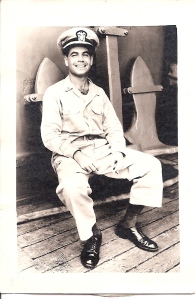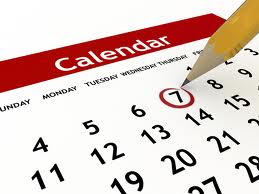On Dec. 14, 2012, 20-yearold Adam Lanza entered an elementary school in Newtown, Conn., and gunned down 20 children and six school workers. He had also committed matricide before he turned the gun on himself.
Although 28 people died that day in Connecticut, 26 is the symbolic number etched on every memorial commemorating the tragedy. It’s the number of times church bells tolled in its aftermath. It’s the number of stars affixed to the roof of the local firehouse. And it’s the number that President Barack Obama invoked on the first anniversary of the shootings.
After reading Andrew Solomon’s powerful interview with Peter Lanza – Adam’s father – in a recent issue of The New Yorker, there is no question in my mind that Lanza commemorates the number of victims at 26. “You can’t mourn for the little boy [Adam] once was. You can’t fool yourself,” he told Solomon.
It’s fitting that Lanza broke his media silence with Solomon who, among his many journalistic and literary accomplishments, has championed the joys and difficulties of parenthood. Last year I wrote about Solomon’s book “Far From the Tree” for this column. The book was an 11-year undertaking in which Solomon vividly portrayed children who were born or grew up in ways that their parents never expected. It included a chapter about parents whose children became criminals, focusing on the parents of Dylan Klebold. Klebold, along with his friend Eric Harris, killed 13 fellow students at Colorado’s Columbine High School in 1999.
Solomon’s portrayal of the Klebolds impressed Peter Lanza as fair and just, and when he was ready to talk, he reached out to Solomon. Lanza’s confidence in Solomon is well placed. Although the latter’s carefully reported piece directs a reader’s attention to the fact that things were amiss with Adam Lanza from an early age, he resists the temptation to regard Adam’s deterioration as foreshadowing the horror to come. Solomon further notes that the state’s attorney report found that the mental health professionals who treated Adam throughout his teen years did not predict his future criminal behavior. What strikes me in reading Solomon’s article is how hard Peter and Nancy Lanza tried to save their son, and how dangerous parenthood becomes when a child is as far gone as Adam was.
Adam’s anti-social behavior escalated in middle school and he was diagnosed with Asperger syndrome when he was 13. To be clear, Peter Lanza vehemently objects to any speculation that Asperger’s factored into Adam committing mass murder. “Asperger’s,” he told Solomon, “makes people unusual, but it doesn’t make them like this.”
Solomon similarly goes to great lengths to document that Asperger’s was not connected to Adam’s murderous rampage. “Violence by autistic people,” he explains, “is more commonly reactive than planned – triggered, for example, by an invasion of personal space. Studies of people with autism who have committed crimes suggest that at least half also suffer from an additional condition – from psychosis, in about 25 percent of cases.”
Among the other rumors swirling around the Lanzas was that Peter was an absent father. Nancy and Peter Lanza separated in 2003, when Adam was 9, and divorced in 2009. According to Solomon, the Lanzas were amicable when it came to Adam and his older brother. Peter saw his sons every weekend and, as four binders of printouts of emails from 2007 and 2008 suggest, was in constant contact with Nancy about Adam’s worsening condition.
Media reports noted that Nancy and Adam regularly went to the shooting range. Peter Lanza doesn’t overtly comment on the role that Nancy’s guns played in Adam’s psyche. Nor does he blame her, the custodial parent on the front lines, for Adam’s crimes. In that same forgiving spirit, Solomon observes that Adam overwhelmed Nancy and that her instinct was to indulge him.
“All parenting,” Solomon writes, “involves choosing between the day (why have another argument at dinner?) and the years (the child must learn to eat vegetables). Nancy’s errors seem to have been that she always focused on the day in a ceaseless quest to keep peace in the home she shared with the hypersensitive, controlling, increasingly hostile stranger who was her son.”
In the wake of the shootings, Peter Lanza has met with two of the victims’ families. But as Solomon reports, “The only reason that Peter was talking to anyone, including me, was to share information that might help other families or prevent another such event.” For his part, Peter says, “I want people to be afraid that this could happen to them.’”
No matter how vigorously Peter Lanza has looked for answers, there is only one chilling conclusion that he comes to: he wishes that his son had never been born. For the rest of us, we’re left wondering what we as parents would do if we were confronted with a child like Adam Lanza. There is no definitive explanation for what Adam did even as scientists analyze his DNA – just a haunting feeling that a parent’s responsibility can be both awe-inspiring and terrifying.










